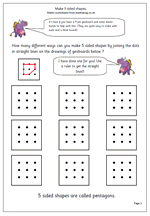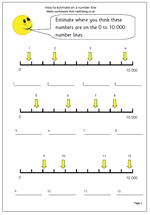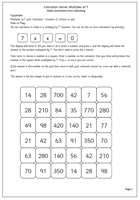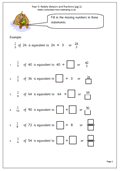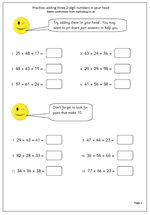By Year 3 children should be familiar with the names of 5 and 6 sided shapes: pentagons and hexagons. Usually these shapes are seen in a regular form and children do not always recognise them when they are irregular. This mini investigation will help with this. A geoboard is a great help. Schools already have these, but at home it is easy enough to make one – just 9 short nails evenly spaced in a block of wood and some elastic bands are all that is needed.
When doing this it can be quite tricky to recognise two shapes which are the same but just rotated.
